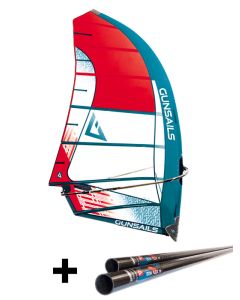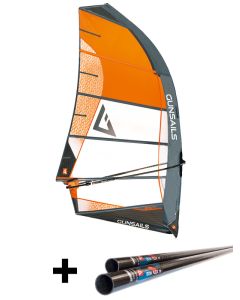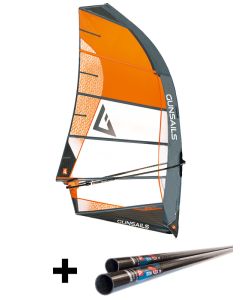The store will not work correctly in the case when cookies are disabled.
€50 OFF 2023/24 SAILS – DISCOUNT CODE: PRESALE - UNTIL MAY 12
-
Home
-
Search results for: 'bow flex 70'
Search results for: 'bow flex 70'
- Did you mean
-
bow free 70
- Related search terms
-
bow
-
Bow mast
-
flex
-
bow package
-
bow pack
-
SALE


Special Price
€499.00
Regular Price
€679.00
Incl. 19% VAT,
excl.
-
SALE


Special Price
€499.00
Regular Price
€699.00
Incl. 19% VAT,
excl.
-
SALE


Special Price
€499.00
Regular Price
€729.00
Incl. 19% VAT,
excl.